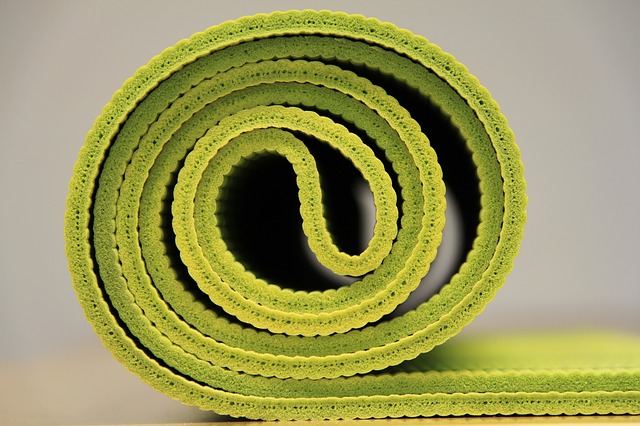It’s a well-known fact that exploring nature offers a myriad of health benefits, from increasing serotonin and vitamin D levels to decreasing pressure and anxiety. There are some who even believe that getting back to nature — specifically while shoeless —can help neutralize the electric charge that goes through our bodies. The hypothesis is that when our skin touches the earth, the earth’s charge can help diminish a number of ailments.
This practice is known as “earthing.” While it’s not generally possible to sink your toes into the sand or go for a walk around your lawn, sans footwear, grounding mats are another option for supposedly replicating this equivalent outcome.
How does a grounding mat work?
Grounding mat for bed or earthing mats make an electrical connection between your body and the earth. The idea is to replicate the physical connectivity one would make by walking shoeless on the ground. This connection permits electrons to spill out of the earth and into your body to make an unbiased electrical charge.
Since people invest the majority of energy either indoors or wearing rubber-soled shoes outside, we scarcely invest time having physical contact with the earth. These mats take into account this connection when indoors and remakes that equilibrium of electron charge.
Grounding mats are meant to bring a connection to earth indoors. The mats ordinarily interface via a wire to the ground port of an electrical outlet. The mats might be set on the floor, on a work area, or on a bed so the client can put their uncovered feet, hands, or body on the mat and lead the earth’s vitality.
Is there any solid examination on grounding mats?
There is mounting evidence of the benefits of grounding mats. There are implications for rest, biological timekeepers and rhythms, and hormone secretion. It is well understood how electrons from antioxidants deactivate free radicals. We realize these free radicals assume a job in immune function, inflammation, and chronic disease.
A 2011 publication announced four different experiments examining grounding and its impact on human physiology. Electrolytes, thyroid hormone levels, glucose levels, and even immune reaction to immunizations improved with grounding.
Walking shoeless outside — weather and ground surface permitting — does have benefits, and those benefits move to ground mats. Grounding mats are regularly utilized in these studies. We are looking forward to more research and, in the meantime, we urge you to walk shoeless and mindfully put aside your pressure.
Can grounding treatment help with insomnia?
There have been measured positive impacts of using grounding to improve the profundity and length of rest, reducing pain, and reducing pressure. One of the first studies on this turned out in 2004 and found that grounding improved rest and diminished cortisol levels, a pressure hormone.
Can grounding treatment help with anxiety and depression?
There has not been sufficient exploration to address autism and Alzheimer’s, yet theoretically, anybody would benefit from connecting with the earth. The pressure reduction of walking shoeless, interacting with nature, and mindfully walking will benefit your health.
For those with anxiety and depression, actively interacting with nature, exercising, and being mindful of existing apart from everything else are for the most part well-studied ways to deal with moving through these conditions. A 2015 study discovered the state of mind was improved following an hour of grounding. More studies are required before we can comprehend the impact, in any case, in the meantime, it can’t do any harm.

